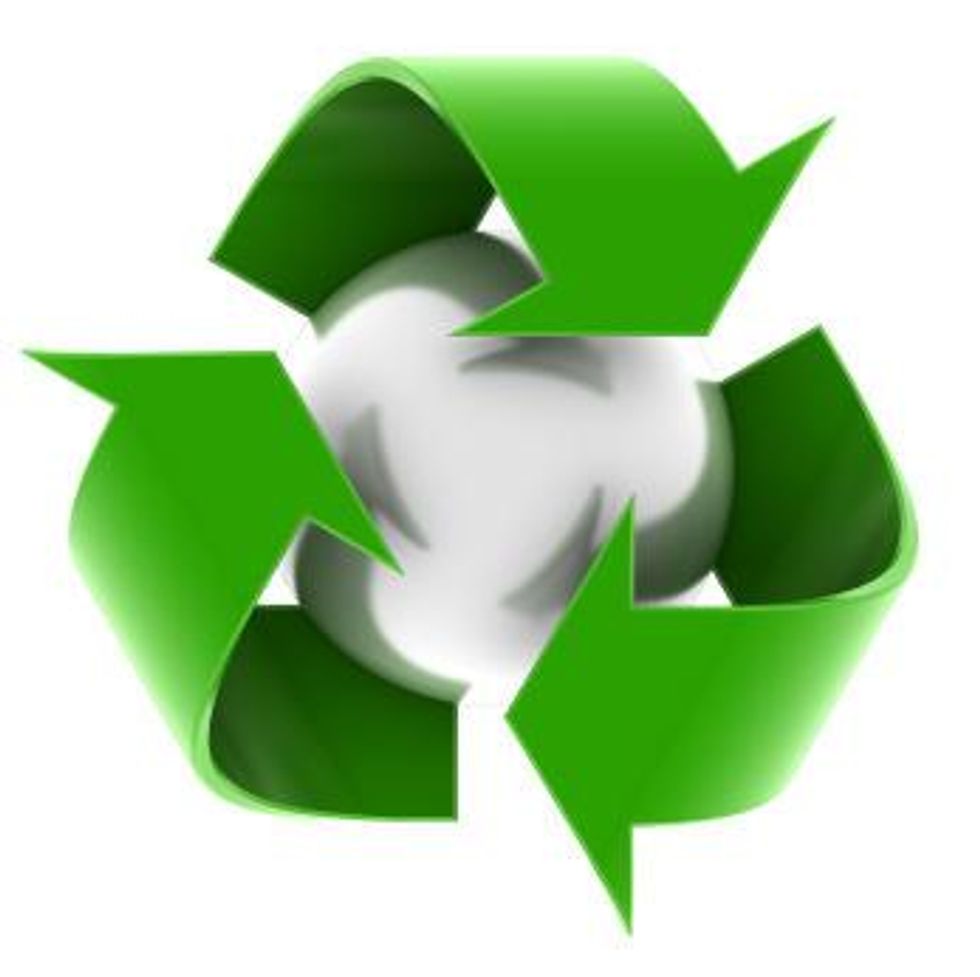- AustraliaNorth AmericaWorld
Investing News NetworkYour trusted source for investing success
- Lithium Outlook
- Oil and Gas Outlook
- Gold Outlook Report
- Uranium Outlook
- Rare Earths Outlook
- All Outlook Reports
- Top Generative AI Stocks
- Top EV Stocks
- Biggest AI Companies
- Biggest Blockchain Stocks
- Biggest Cryptocurrency-mining Stocks
- Biggest Cybersecurity Companies
- Biggest Robotics Companies
- Biggest Social Media Companies
- Biggest Technology ETFs
- Artificial Intellgience ETFs
- Robotics ETFs
- Canadian Cryptocurrency ETFs
- Artificial Intelligence Outlook
- EV Outlook
- Cleantech Outlook
- Crypto Outlook
- Tech Outlook
- All Market Outlook Reports
- Cannabis Weekly Round-Up
- Top Alzheimer's Treatment Stocks
- Top Biotech Stocks
- Top Plant-based Food Stocks
- Biggest Cannabis Stocks
- Biggest Pharma Stocks
- Longevity Stocks to Watch
- Psychedelics Stocks to Watch
- Top Cobalt Stocks
- Small Biotech ETFs to Watch
- Top Life Science ETFs
- Biggest Pharmaceutical ETFs
- Life Science Outlook
- Biotech Outlook
- Cannabis Outlook
- Pharma Outlook
- Psychedelics Outlook
- All Market Outlook Reports
Recycling can do more than save the environment… at least when tantalum is involved. In this industry scrap can mean profit.
By Michelle Smith – Exclusive to Tantalum Investing News
While the majority of tantalum’s recent limelight has been allotted to the connections between the mineral and atrocities in the Democratic Republic of Congo (DRC), at least one segment of the business has been flourishing in the shadows… tantalum scrap.The role of scrap
Mark Gussack, President of Exotech, a company that recycles tantalum, says if you are smart and careful the business is more profitable than it has been in the past decade.
Tantalum scrap plays a larger role in the supply chain than many people may realize. For example, last year, US tantalum consumption grew by about 150 percent. Using imports figures, the US Geological Survey estimates the value of that consumption to be about $170 million. Tantalum waste and scrap accounted for the largest portion of those imports, at 42 percent. Or, to put scrap recycling into a global perspective, it accounts for about 20 percent of the total supply input.
Right now, supply is tight and there are a number of reasons why, including the rarity of the mineral versus growing demand, mass purchasing by the Chinese, anti-conflict legislation, and halted production by several suppliers a few years ago.
Gussack says the scrap industry fills certain voids in the market, particularly for alloy additions like turbine blades. “Most of the producers are making only [capacitor-grade] powder or blanks/ingots for sputter targets,” he noted. “So alloy addition, tantalum carbide and medical tantalum has to come from scrap.”
That scrap is generally 99 percent pure and it is yielding increasingly attractive prices.
Tantalum prices cannot be reliably tracked through spot pricing or published rates because they are generally negotiated privately between the parties of each contract. Without revealing any specific figures, Gussack says the price has tripled over the past year.
Metalico (AMEX:MEA), another company that recycles tantalum, says that rates are reflecting the value and importance of minor metals such as this one and it is positioning itself for expansion in what it describes as a strategically important sector of the metals industry.
DRC conflict and scrap
Tantalum scrap’s profitability is rising at a time when miners, processors, and industrial consumers are being pressured to take action to ensure that their minerals or those contained in their products are conflict-free.
Despite the fact that it is recycling, the scrap industry has not completely avoided the heat sparked by the problems in DRC. There has been a pocket of concern attempting to highlight scrap trading as a potential entry point for illicit tantalum.
The Enough Project is an example of one of the voices arguing that newly mined tantalum could be altered to make it appear to be recycled or scrap material. Those supplies could then be placed on the market, providing a means for revenue to continue flowing to the perpetrators of atrocities in DRC. The organization warns that stricter measures need to be imposed on these supplies in hopes of closing loopholes that could be exploited by such unscrupulous parties.
Although he admits that there will be a few attempts to cheat the system, Gussack describes these concerns as “hype to make big bad industry seem like it is screwing the system.”
He says it must be kept in mind that the major users of tantalum are some of the largest most, sophisticated companies in the world. And these “big boys” would never buy from a cloudy supply chain.
“Even the Chinese are trying to be careful about what and where they buy,” he said. “If cheap Congo tantalum were being used to any great extent, the price of tantalum would not be so high.”
Outlook Reports
Featured Critical Metals Stocks
Browse Companies
MARKETS
COMMODITIES
| Commodities | |||
|---|---|---|---|
| Gold | 2393.99 | +14.05 | |
| Silver | 28.69 | +0.45 | |
| Copper | 4.52 | +0.06 | |
| Oil | 83.35 | +0.62 | |
| Heating Oil | 2.56 | +0.02 | |
| Natural Gas | 1.75 | 0.00 | |
Investing News Network websites or approved third-party tools use cookies. Please refer to the cookie policy for collected data, privacy and GDPR compliance. By continuing to browse the site, you agree to our use of cookies.
